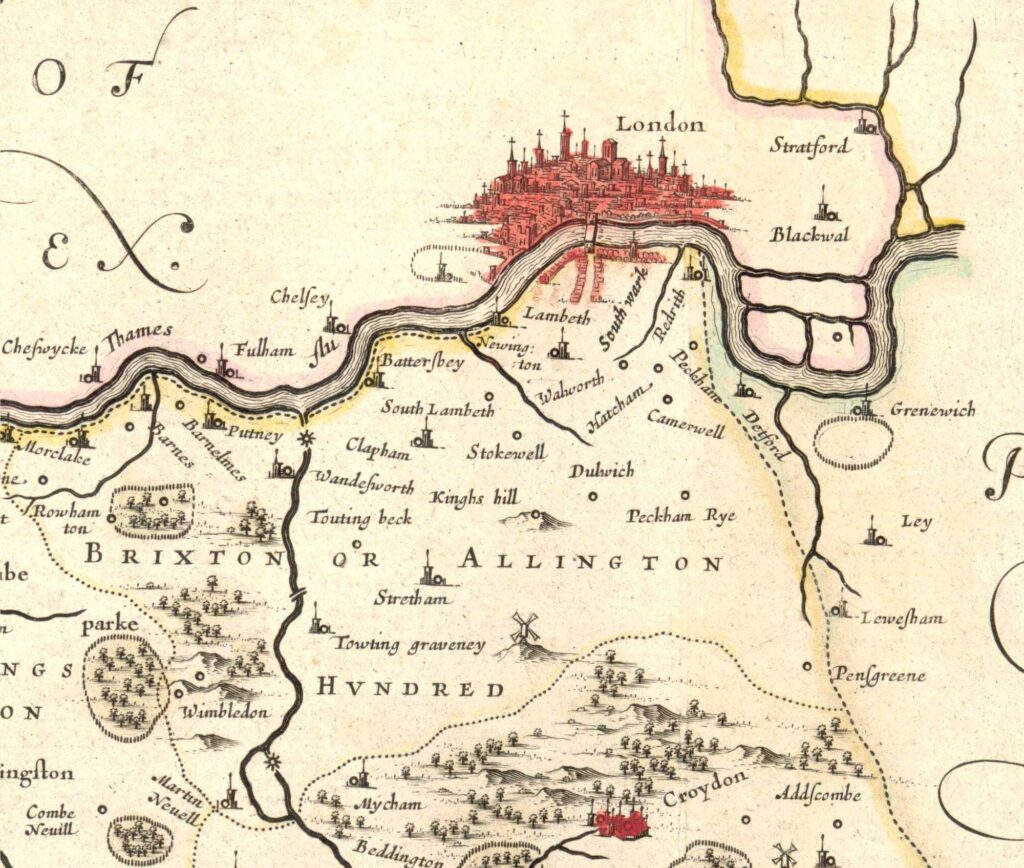11 months ago
Long before Brixton became the buzzing cultural hotspot we know today, it played a key role in Surrey’s history.

The Brixton Hundred, also called Allington Hundred, was established in 1062. It grouped parishes for meetings and taxation, covering areas like Battersea, Lambeth, Streatham, and Camberwell.
The name “Brixton” first appeared as Brixiges stan, meaning “stone of a man called Beorhtsige.” Historians believe this stone marked the hundred’s meeting place near the boundary of Streatham, Clapham, and Lambeth parishes. Later, Brixton Hill became known for its hundred gallows, adding a grim chapter to its history.
For centuries, the Brixton Hundred played a central role in Surrey’s governance. It included parishes that now form much of south London, such as Barnes, Mortlake, Merton, and Wimbledon, alongside urban hubs like Bermondsey and Wandsworth.
This system began to decline in 1889, when much of the area joined the newly formed County of London. By 1965, the ancient hundreds were replaced by London boroughs, ending the Brixton Hundred’s administrative function.
Today, artefacts like the 1648 hand-tinted engraving Surria Vernacule Surrey by Johanne Bleau preserve the Brixton Hundred’s history. These records highlight the area’s transformation from rural estates to a vibrant urban environment.
From taxation meetings to gallows on the hill, Brixton’s past is filled with stories. While the hundred system has disappeared, its legacy continues to shape the streets and communities of south London.